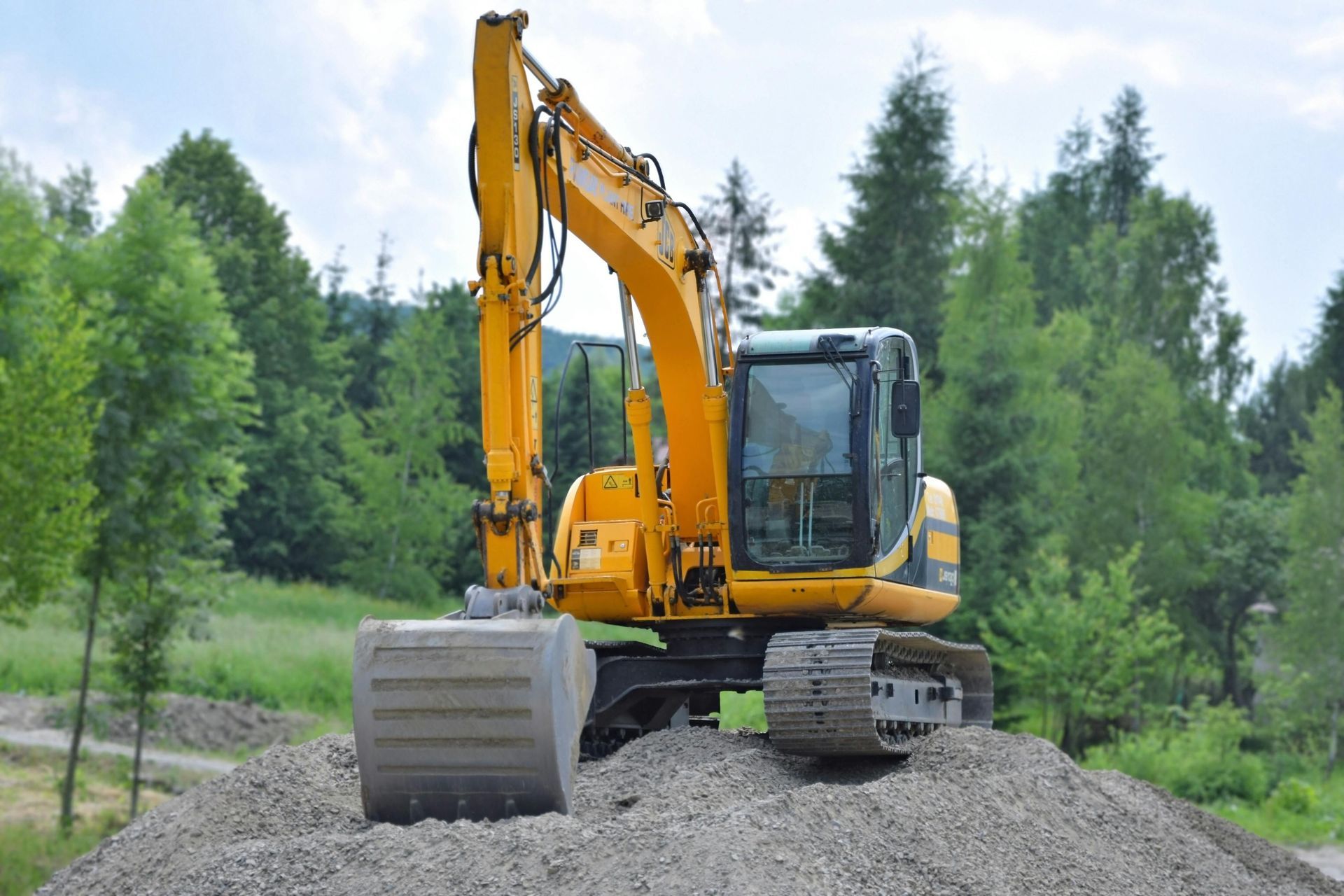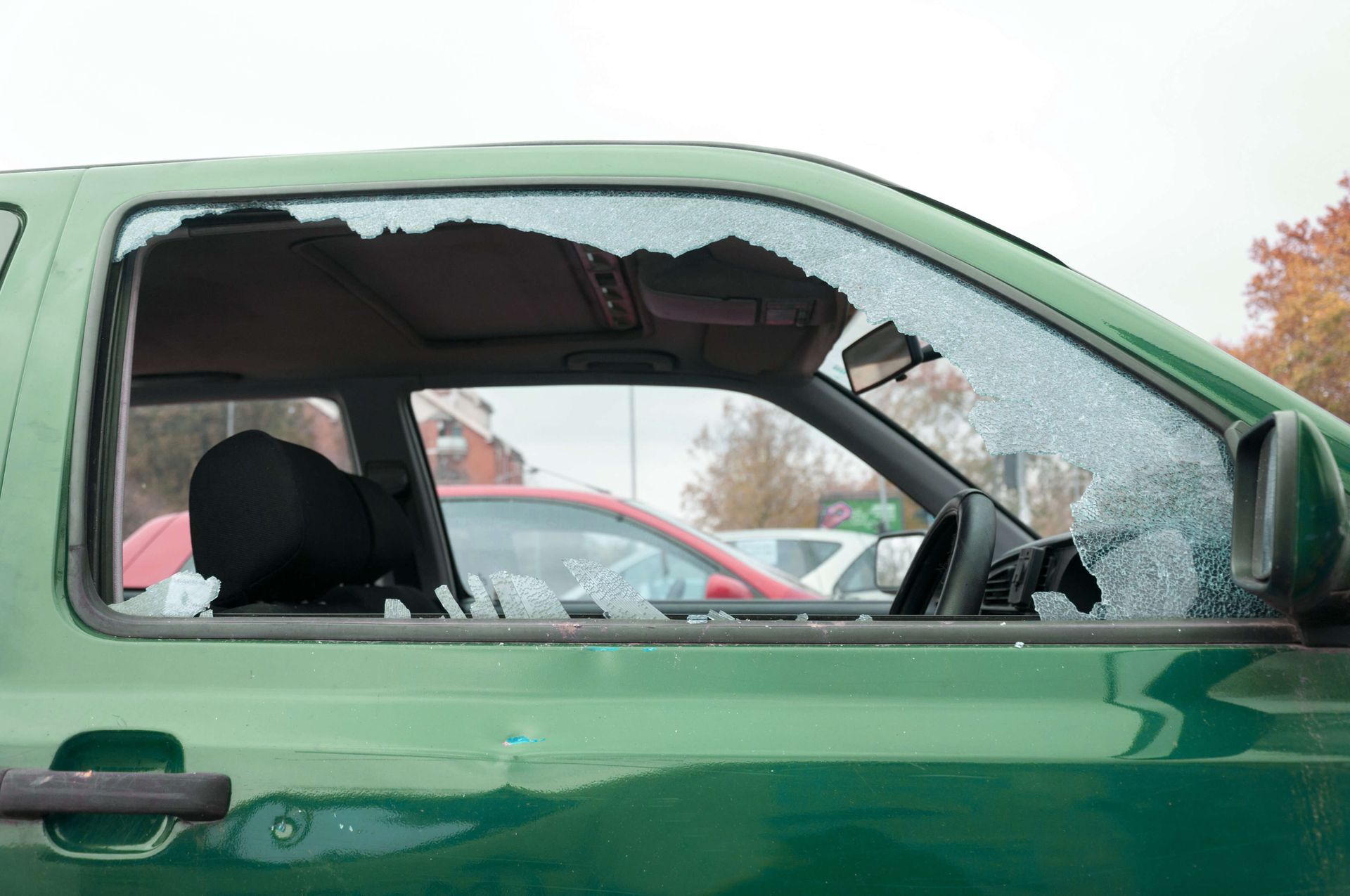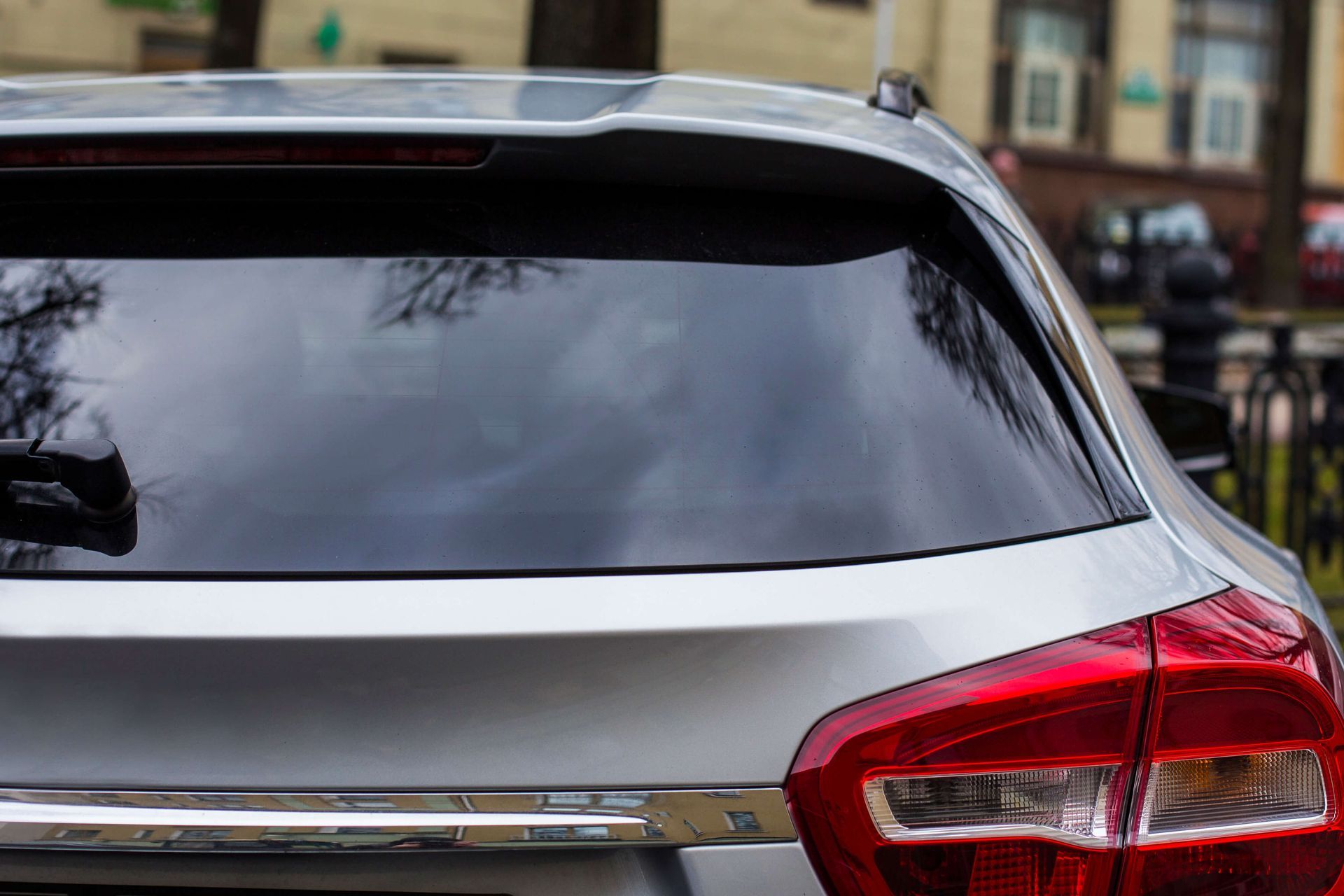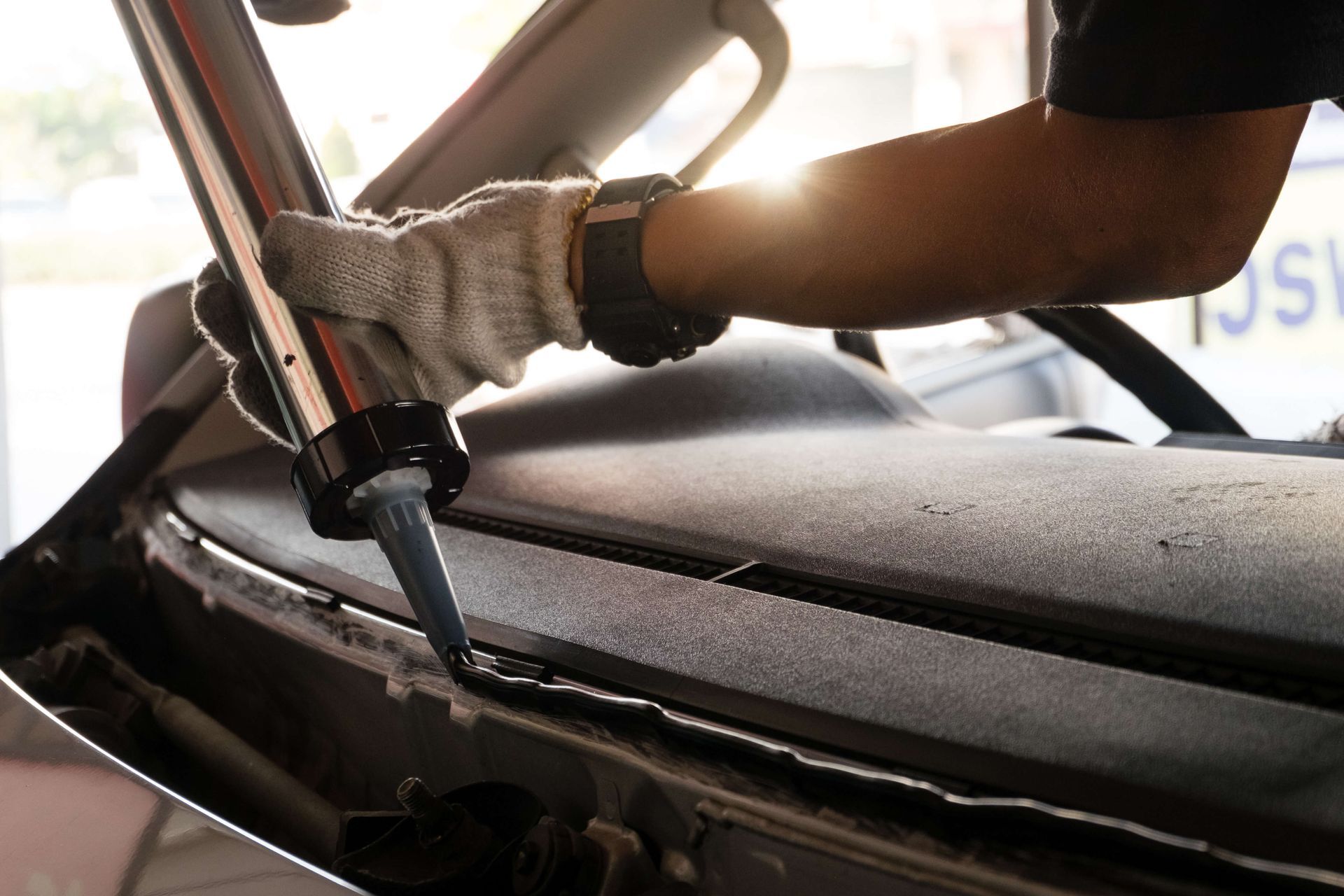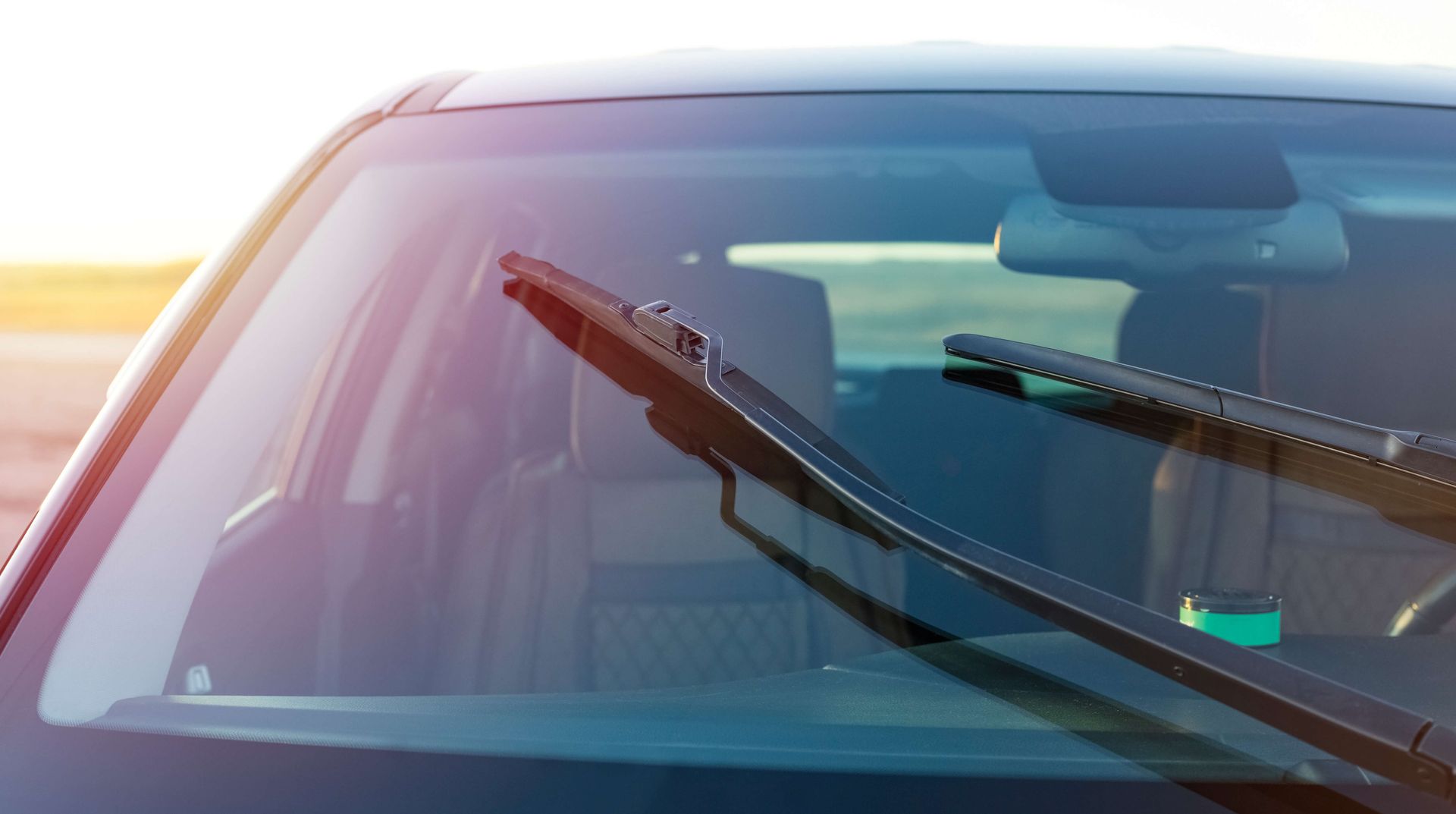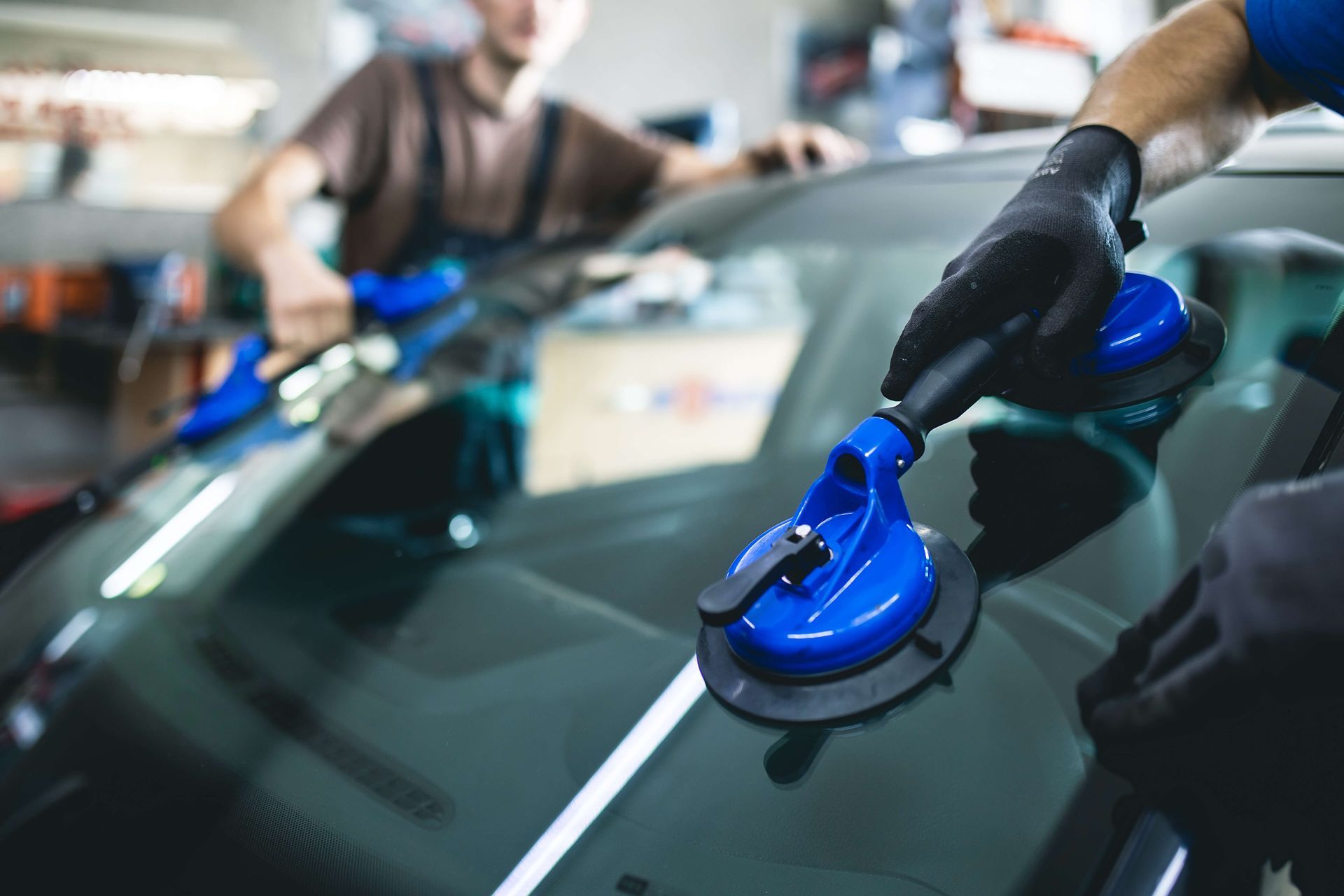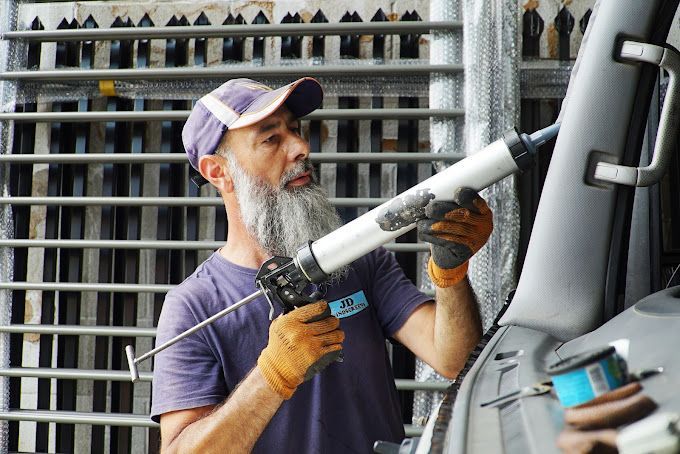info@jdwindscreens.com.au
Preventing Windscreen Cracks in High-Vibration Rigs
Heavy-duty trucks, buses, and commercial vehicles endure relentless vibration on Australia’s roads, especially across long-haul routes and rough regional terrain. These vibrations, while often considered a normal part of driving, can cause significant stress on a vehicle’s windscreen over time. In high-vibration rigs, even a tiny chip can evolve into a full crack, compromising visibility and safety. This guide will explore the root causes of truck windscreen vibration cracks, practical ways to prevent them, and what drivers and fleet operators can do to reduce the risk of expensive downtime.
Why Do Truck and Bus Windscreens Crack More Often?
Unlike standard passenger vehicles, trucks and buses are exposed to a unique set of physical demands that make their windscreens more vulnerable to damage. These commercial vehicles operate under significantly higher stress loads due to their size, weight, and frequent use over long distances. One of the most critical factors contributing to windscreen failure in such vehicles is continuous vibration. Unlike a private car that might drive mostly on smooth urban roads, trucks and buses often traverse uneven surfaces, rural highways, and industrial sites.
The combination of engine vibrations, suspension movement, road irregularities, and braking forces produces constant micro-movements throughout the vehicle's frame. Since the windscreen is not an isolated component but structurally bonded to the cab, it becomes a load-bearing part of the body, absorbing much of this kinetic stress. Over time, this stress causes the glass to flex repeatedly, especially around the edges and corners where tension tends to concentrate. Even a minor imperfection, like a stone chip or manufacturing flaw, can become the starting point for a crack as these vibrations continuously stress the weakened area.
Poor Installation & Frame Stress: An Overlooked Cause of Cracking
A key but often overlooked contributor to windscreen cracking is improper installation or structural stress around the windscreen frame. If a windscreen is fitted too tightly, misaligned, or bonded without sufficient flexibility, it loses the ability to absorb normal chassis movement. In commercial vehicles, where vibrations and road stress are significantly amplified, this becomes a critical issue. Instead of being supported and cushioned, the glass becomes a stress point, absorbing pressure that should be dispersed through the vehicle’s frame. Over time, this concentrated pressure leads to cracking, particularly at the corners or edges where tension builds first.
Compounding the problem, many commercial vehicles, especially older fleet units, may have undergone multiple windscreen replacements over time. Without proper recalibration of sensors, alignment of the cab structure, and attention to the surrounding seals, each replacement adds to the cumulative strain on the frame. This results in uneven pressure distribution, making the glass more prone to cracking with every new trip.
Practical Ways to Prevent Windscreen Cracks in High-Vibration Rigs
Preventing truck windscreen vibration cracks isn’t just about addressing the glass; it’s about maintaining the entire system that supports it. The way a truck or bus is maintained, driven, and repaired all contribute to the stress placed on the windscreen. Here’s a more in-depth look at what drivers and fleet operators can do to minimise risk:
1. Install Quality Shock Absorbers and Maintain Suspension
Vibration isn’t the root issue; uncontrolled vibration is. The role of your suspension system is to absorb and distribute the force that travels through the chassis while driving, especially over rough or uneven roads. When shock absorbers are worn or incorrectly calibrated, more of that energy is transferred to rigid components like the windscreen.
Regular suspension checks should include:
- Monitoring for fluid leaks in shock absorbers
- Checking for uneven tire wear (a sign of poor suspension balance)
- Verifying proper alignment and ride height
2. Use Proper Windscreen Mounting and Sealant
Even the highest-quality windscreen can fail early if it's not mounted correctly. Proper installation involves not just fitting the glass, but allowing it to flex naturally with the vehicle frame during operation. This requires the use of automotive-grade, vibration-resistant urethane adhesives that provide both strength and flexibility.
Technicians must also ensure:
- The frame is completely clean, rust-free, and undamaged before installation
- The primer is applied correctly to create a strong bond
- Adequate curing time is observed before driving
3. Avoid Harsh Roads Where Possible
Not all routes are created equal. Unsealed, corrugated, or gravel roads are notorious for generating intense vibrations, especially when driven at speed or under load. While it's not always possible to avoid these roads, route planning can help minimise exposure.
Operators can:
- Use logistics software or mapping tools to identify smoother detours
- Reduce driving speed on rough terrain to limit vibration intensity
- Avoid fully loaded travel on heavily corrugated roads when possible
4. Address Minor Damage Immediately
A stone chip today could become a full windscreen crack tomorrow, especially under the continuous stress of high-vibration environments. Delaying repairs allows dirt, moisture, and thermal expansion to worsen the damage. Once a crack reaches the edge of the glass or obstructs the driver’s line of sight, replacement becomes mandatory, not optional.
Timely chip repairs:
- Reinforce the integrity of the glass
- Prevent crack spread through UV-cured resin application
- Maintain compliance with road safety regulations
Mobile chip repair services are available for operators on the move, making it easy to keep vehicles in service without visiting a workshop. By building regular inspections into pre-departure routines, drivers can catch early damage before it escalates.
5. Perform Regular Frame and Body Inspections
The structural support around the windscreen is just as important as the glass itself. Cracks or corrosion in the A-pillars, cab joints, or roof gutters can create weak points that lead to frame flexing. When the body isn’t structurally sound, the windscreen has to absorb more vibration stress, making it vulnerable.
A proper inspection includes:
- Looking for rust, paint bubbling, or signs of past accident damage
- Checking sealant joints for wear, shrinkage, or cracking
- Ensuring there’s no separation between the windscreen and the frame
JD Windscreens offers truck and bus windscreen repairs and replacements across the region, helping reduce vehicle downtime and ensure road safety without cutting corners.
Prevention is Easier Than Emergency Repairs
Truck and bus windscreen cracks caused by vibration aren’t just a nuisance; they can halt operations, create safety risks, and lead to costly replacements. For commercial operators, a single windscreen failure can result in unexpected downtime, failed roadworthiness inspections, missed deliveries, and a disruption in service schedules. Over time, multiple incidents like these can erode a company’s reputation and lead to increased maintenance costs across the fleet. A small amount of prevention, like routine inspections, early chip repairs, and proper installation, can save thousands in repairs and lost time. The cost of proactive maintenance is minimal compared to the expense of emergency replacements or liability from safety failures.
If you suspect your vehicle’s windscreen is under stress or due for an inspection, don’t wait for the damage to escalate. Early detection gives you more flexibility in choosing a solution, whether it’s a quick repair or a controlled replacement. Contact JD Windscreens now before the damage becomes a hazard on the road.
Frequently Asked Questions (FAQs)
What causes cracks to spread faster in trucks than in cars?
The constant engine and road vibrations in trucks cause more stress on the windscreen, especially if there’s an existing chip or structural imbalance.
Is it okay to drive with a small chip on a truck windscreen?
It’s risky. In high-vibration environments, small chips can quickly become cracks, compromising driver safety and the vehicle’s roadworthiness. Book an appointment with JD Windscreens before the small chip leads to a big nuisance!
Can improper installation lead to cracks?
Yes. Uneven pressure or incorrect sealant use during installation can increase stress points on the glass, especially during long hauls.
How often should I inspect my windscreen for early damage?
A quick inspection weekly or before long trips is a good practice. Look for chips, distortions, or signs of frame movement or seal failure.
Can windscreen cracks affect vehicle inspections or compliance?
Absolutely. A cracked windscreen can lead to inspection failures, fines, or being taken off the road temporarily, especially in commercial fleets.




